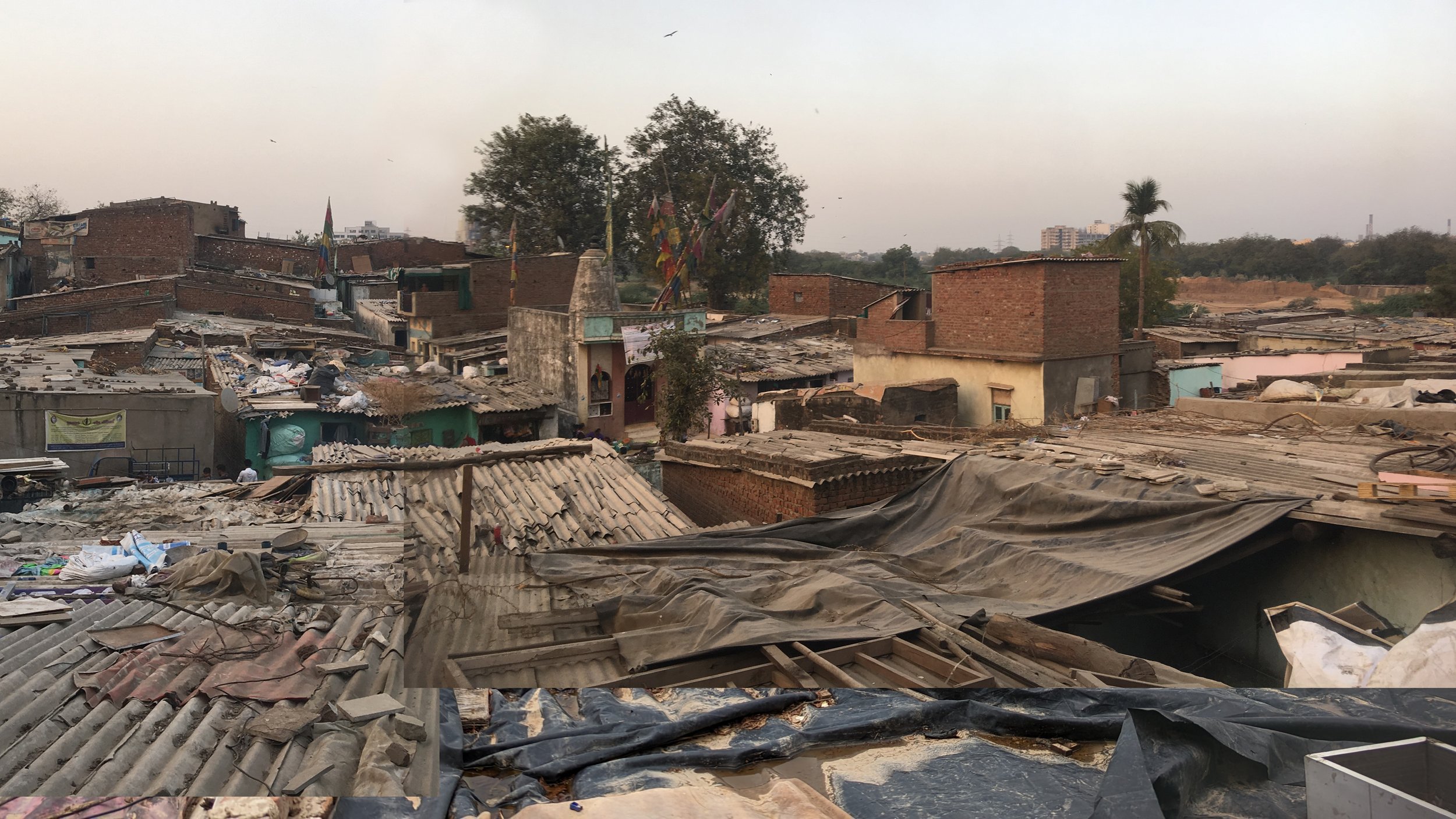I recently had the opportunity to return to India, 4.5 years after my last visit for my PhD research and 7 years after my first visit to work with The Anganwadi Project and Manav Sadhna. Feeling enormous gratitude that I had time to return, I was able to catch up with old friends and see how much the children had grown! I also came to witness the redevelopment projects shaping large areas of the city, and wrote about it for The Conversation.
I don't want to romanticise life in so called "slums" but I also know that they have the capacity to become thriving places resulting from strong communities, built through shared experience and neighbourly connection. Redevelopment that starts from a tabula rasa risks introducing more problems than it solves. These problems are not only socio-cultural problems.
To stay within the Paris Agreement of 1.5°C scenario for global warming and reach the safe operating space as defined within our planetary boundaries, we need to meet carbon reduction targets of 96% within the next 7-14 years (Petersen, Ryberg and Birkved 2022; IPCC 2023). This means that we should be drastically reducing the amount we construct and consume. Replacing buildings that can be improved with small interventions, then, seems a poor solution to provide housing to all.
Ramapir No Tekro in 2018
Ramapir No Tekro being demolished in 2023

